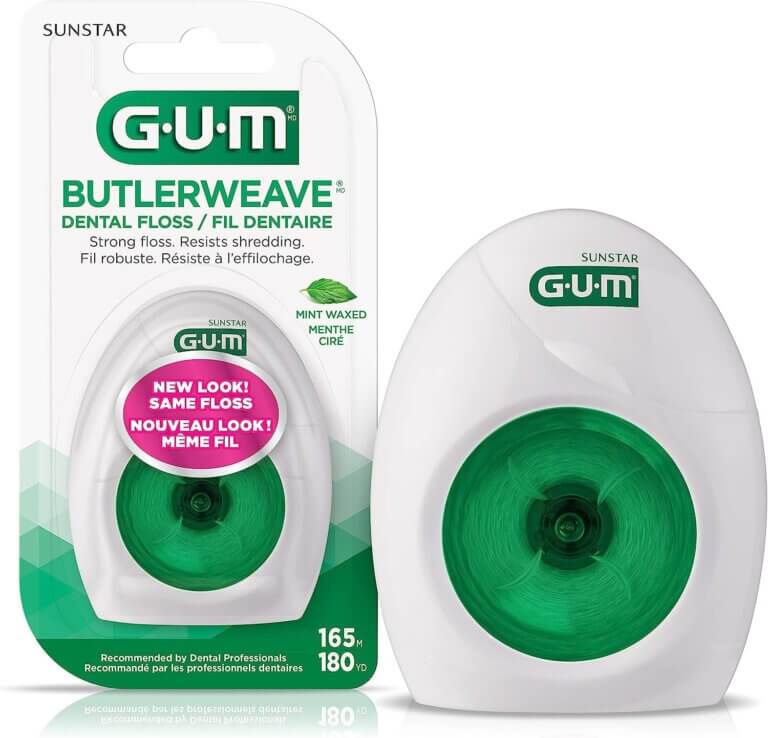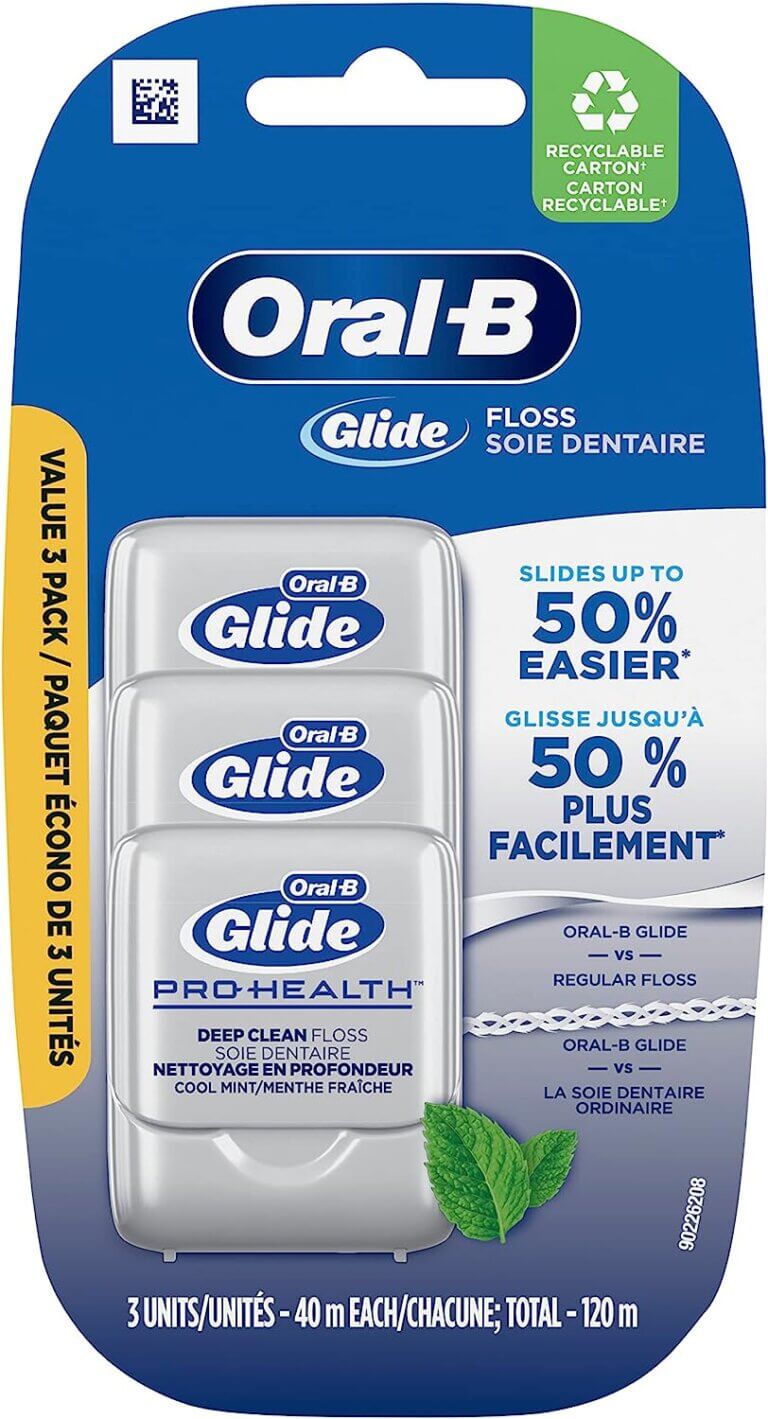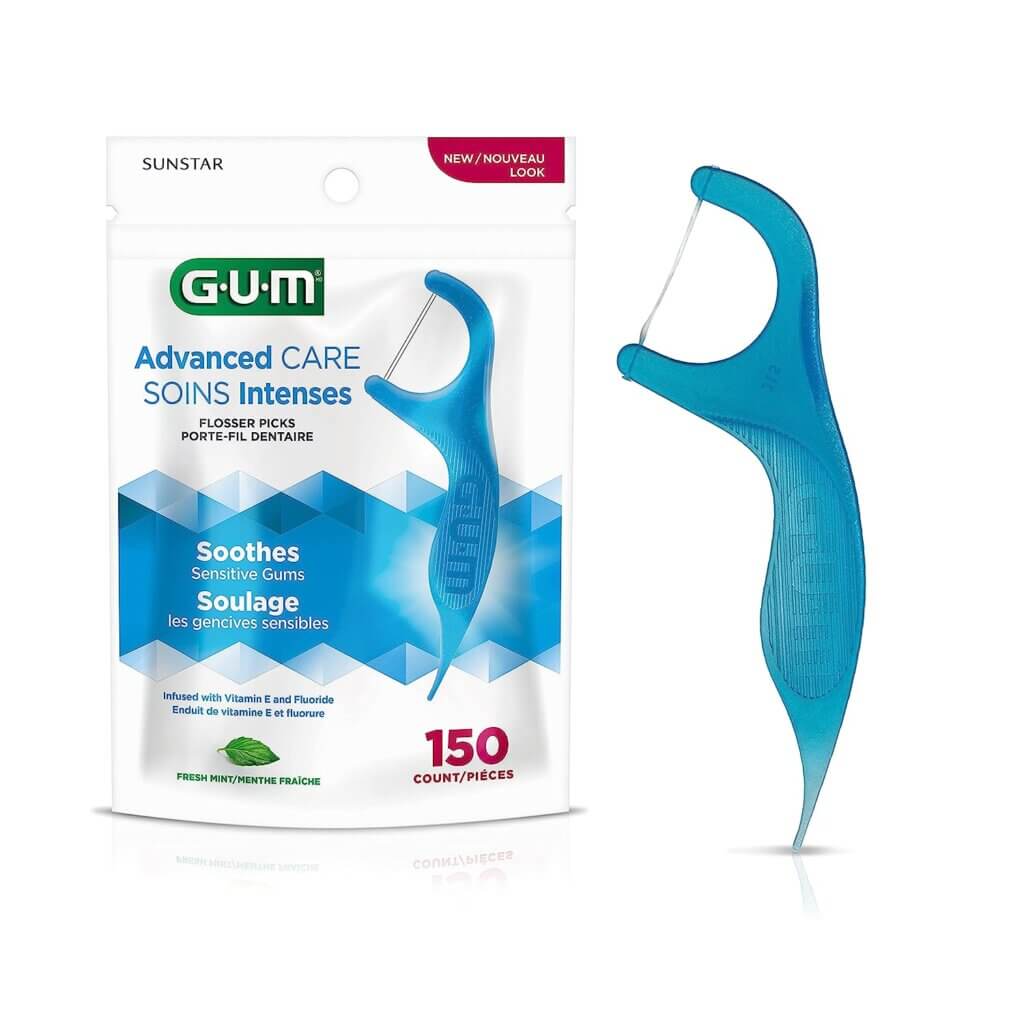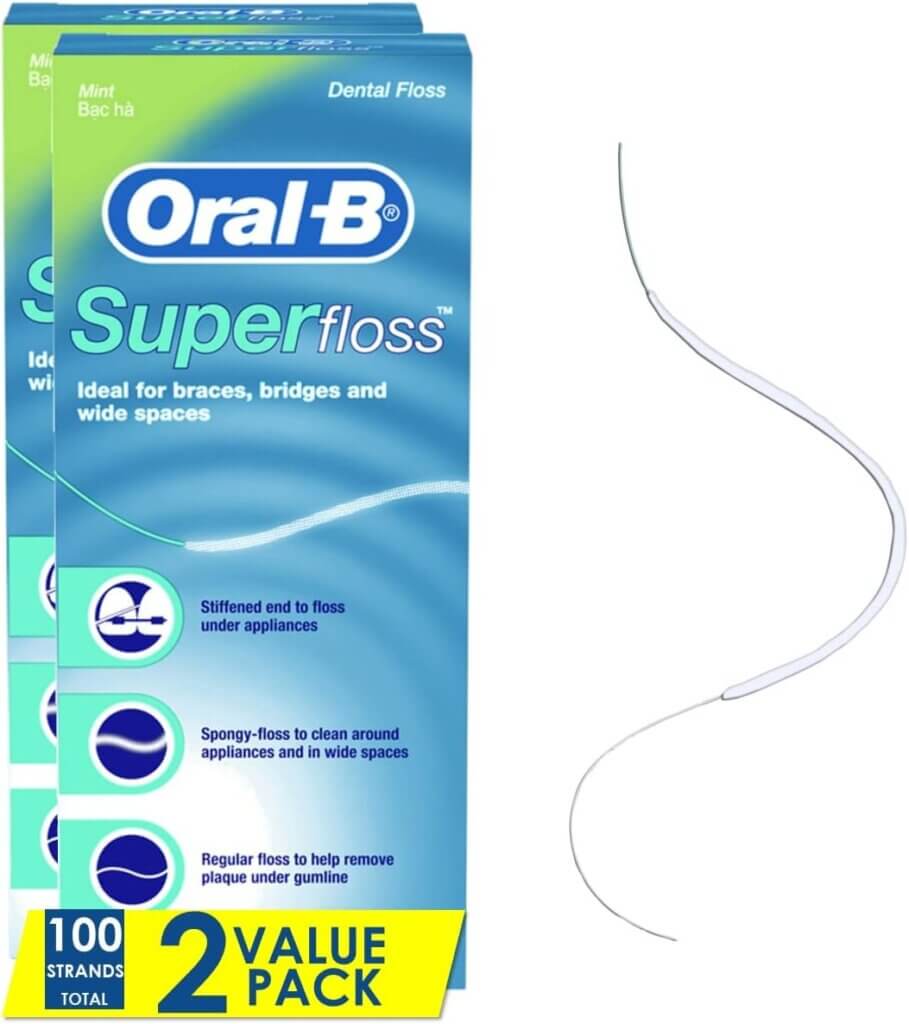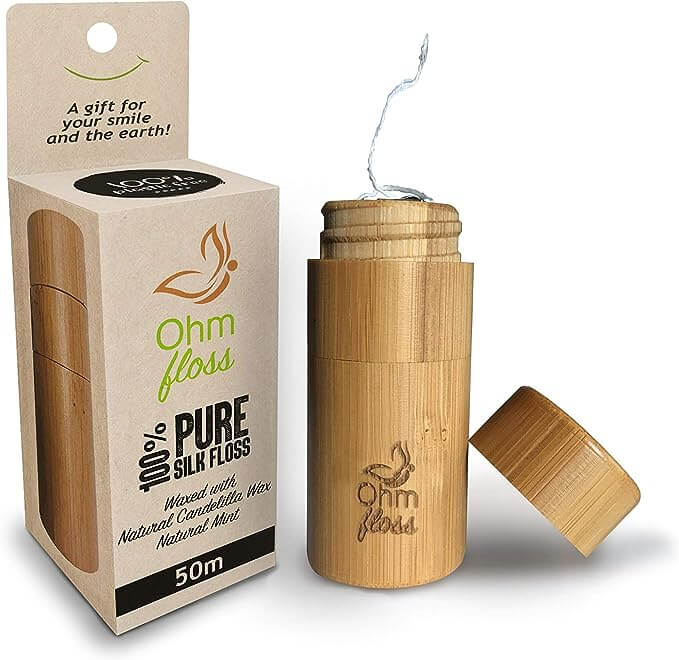How to Choose the Best Dental Floss for Your Dental Needs
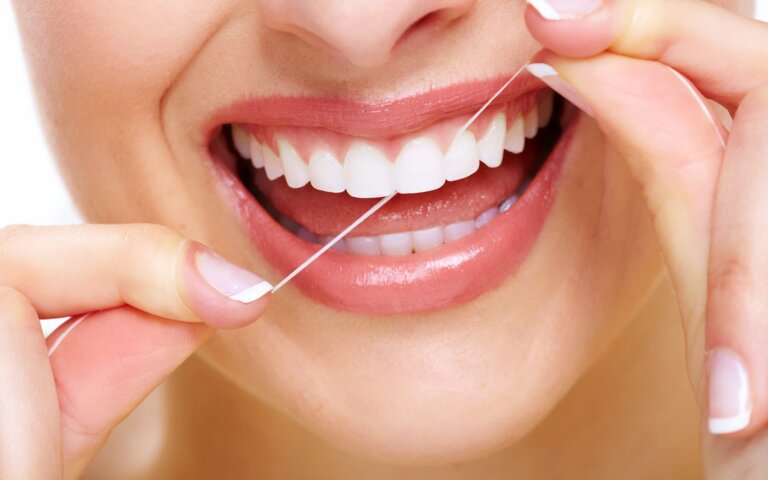
What Is Dental Floss?
Dental floss is a thin, soft thread used to remove food particles, plaque, and bacteria between your teeth and along the gumline where your toothbrush can’t reach. Regular flossing helps prevent gum disease, tooth decay, and bad breath, making it an indispensable part of oral care. Dental floss comes in various materials, thicknesses, coatings, and flavors to suit individual preferences and needs.
Maintaining excellent oral hygiene requires not only regular brushing but also daily flossing to clean areas your toothbrush can’t reach. With many types of dental floss available, each catering to different dental needs, it’s essential to choose the one that’s right for you. In this guide, we’ll explain everything you need to know to choose the best dental floss, from types and benefits to our top product recommendations:
- Why Should I Use Dental Floss?
- How to Floss Properly
- How Often Should I Use Dental Floss?
- Choosing The Right Type of Dental Floss
- Our Recommendations for Dental Floss
- Best Value Dental Floss: GUM ButlerWeave Dental Floss
- Best Teflon Dental Floss: Oral-B Glide Pro-Health Dental Floss
- Best Value Dental Flossers: Sunstar 888JC GUM Advanced Care Flossers
- Best Dental Floss For Hard-To-Reach Areas (Under Bridges Or Orthodontic Wires): Oral-B Super Floss
- Best Environmentally Friendly Dental Floss: BOONBOO Dental Floss
- Alternatives to Using Dental Floss
If you have questions about Dental Floss or if you need additional dental hygiene tips, please contact us for more information.
Why Should I Use Dental Floss?
Flossing goes beyond simply cleaning between teeth. It protects against:
- Plaque buildup: Flossing removes plaque between teeth before it hardens into tartar.
- Gum disease: Regular flossing removes bacteria that cause gum inflammation, helping prevent gingivitis and periodontitis.
- Bad breath: By clearing away trapped food particles, flossing keeps your breath fresh.
- Cavity prevention: Flossing removes decay-causing bacteria in hard-to-reach areas, reducing the risk of cavities.
Overall, flossing is an important part of maintaining good oral health. It only takes a few minutes a day and can make a big difference in the health of your teeth and gums.
How to Floss Properly
Correct technique is essential for effective flossing. Follow these steps:
- Take about 12-18 inches of floss and wind it around your middle fingers, leaving 1-2 inches of floss to work with.
- Hold the floss tightly between your thumbs and index fingers.
- Gently guide the floss between your teeth using a back-and-forth motion.
- When you reach the gumline, curve the floss around each tooth in a “C” shape and move it up and down to clean the surface.
- Use a fresh section of floss for each tooth to avoid spreading plaque.
For personalized flossing tips, consult with your dentist, especially if you have braces, dental bridges, or other dental appliances.
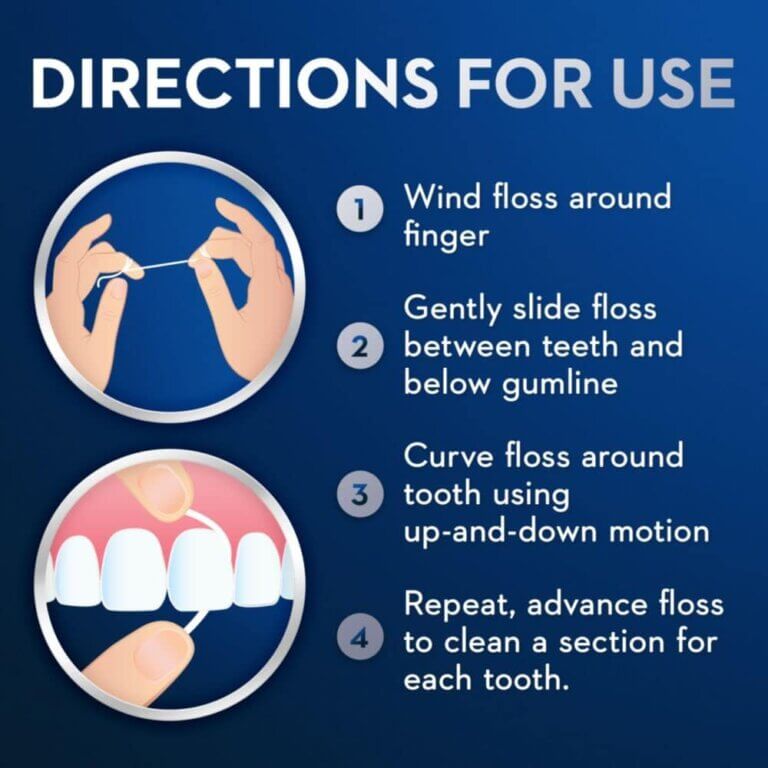
How Often Should I Use Dental Floss?
To maintain optimal oral health, floss at least once daily, ideally before bedtime. Here are some helpful tips to make flossing a regular habit:
- Twice a day for better results: Flossing in the morning and before bed can keep your mouth cleaner throughout the day.
- Floss after meals: If possible, floss after each meal to remove food particles immediately.
- Extra care with braces: If you have braces or retainers, flossing becomes even more essential. Use special flossing tools to make it easier.
- Rinse if you can’t floss: If flossing isn’t practical during the day, rinse your mouth with water or mouthwash to reduce debris buildup.
Combining daily flossing with brushing twice a day and routine dental visits can help keep your teeth and gums healthy for years to come.
Choosing The Right Type of Dental Floss
The best type of dental floss varies based on your specific dental needs. Here’s a quick guide to the main types:
- Thickness: Thicker floss can remove more debris but may be harder to use between tight teeth.
- Waxed vs. Unwaxed: Waxed floss glides smoothly and is more resistant to shredding, while unwaxed floss provides a stronger grip but may fray.
- Flavored or Unflavored: Mint, cinnamon, or bubblegum flavors make flossing more pleasant.
- Materials: Nylon floss is affordable, while silk floss is softer for sensitive gums. Teflon (PTFE) floss is ultra-smooth and tear-resistant.
- Special Features: Some flosses come with built-in flossers or toothpicks, ideal for convenience and on-the-go flossing.
Choose the type that feels comfortable and that you’re most likely to use regularly. Consult with your dentist if you need further guidance on the best floss for your needs.
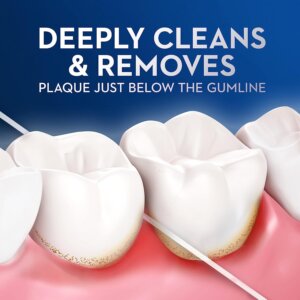
Our Recommendations for Dental Floss
With so many options available on the market, it can be difficult to choose the best dental floss for your needs. To help narrow down your search, here are some of our top recommendations for dental floss:
GUM ButlerWeave Dental Floss is a great value option, featuring a unique woven design that resists shredding and effectively removes plaque. It glides smoothly between teeth, even in tight spaces, and its refreshing mint flavor enhances the flossing experience.
Oral-B Glide Pro-Health Dental Floss, made from Teflon, slides easily between tight teeth and is shred-resistant. This floss provides an ultra-smooth, comfortable experience with a minty finish.
For a convenient flossing solution, Sunstar 888JC GUM Advanced Care Flossers come pre-strung with quality floss and feature a unique angled design, making it easy to reach all areas of your mouth. These flossers are an excellent value, with each pack containing 150 flossers.
Oral-B Super Floss is perfect for cleaning around braces, bridges, and other dental work. Its three-part design includes a stiffened end, a spongy section, and standard floss, making it easier to navigate around dental appliances.
Ohm Earth’s Ohm Floss is a biodegradable, natural silk floss, ideal for eco-conscious users. It’s coated with plant-based Candelilla wax and comes in a reusable bamboo container, making it effective and sustainable.
Alternatives to Using Dental Floss
If traditional floss isn’t suitable for you, here are some effective alternatives:
- Interdental Brushes: Small brushes that clean between teeth and are especially useful for those with braces or dental implants.
- Water Flossers: These devices use a stream of water to clean between teeth and along the gumline, great for sensitive gums or hard-to-reach areas.
While these tools can be helpful, they should complement—not replace—regular flossing. Always consult with your dentist to determine the best oral care routine for you.

